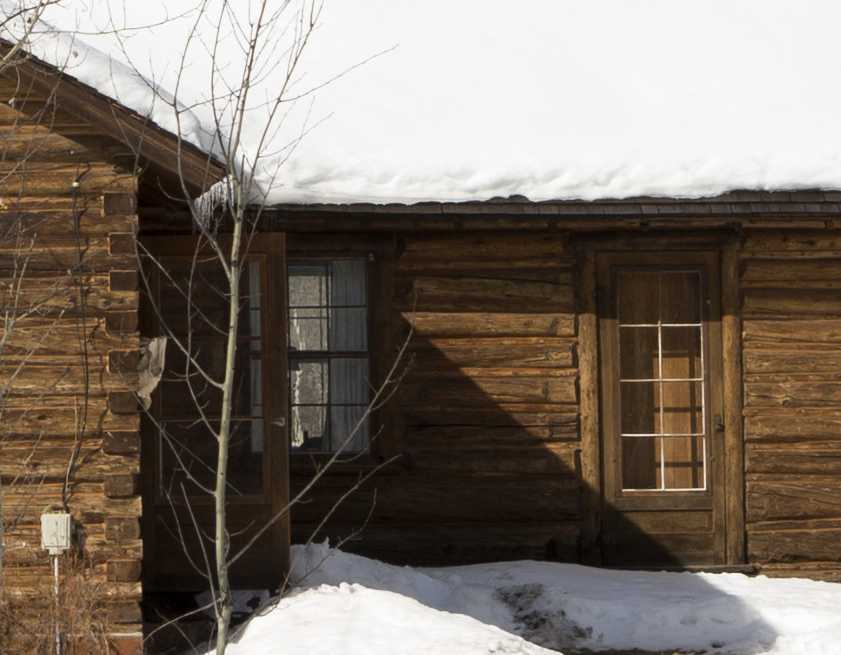
Business owners polled in Nationwide’s annual survey reveal a positive economic outlook and anticipated sales growth have them reconsidering their retirement benefits. In fact, 50 percent of business owners who offer a 401(k) plan intend to increase retirement plan contributions with 55 percent of them citing rising sales or revenue as the reason.
Meanwhile, 36 percent of business owners who currently don’t offer a plan but intend to offer one in the near future say it’s because they expect sales revenue to increase in the next 12 to 24 months and will start offering retirement benefits as a result. Additionally, nearly a third (30 percent) of business owners plan to introduce retirement benefits as a result of continued economic improvement. These findings stem from Nationwide’s third annual survey of more than 1,000 business owners across the country with up to 299 employees.
“With tight labor markets as a result of the continued economic expansion, it’s more important than ever for employers to offer benefits like retirement plans that can differentiate their business as a destination for top talent and a workplace where employees want to stay and grow,” said John Carter, president of retirement plans at Nationwide.
Millennials More Likely to Act
When it comes to planning for the future, Millennials often get a reputation for not doing enough. But among business owners who currently offer retirement benefits, 85 percent of Millennials plan to increase contributions to their employees’ 401(k) plans, compared to 31 percent of Boomers and 49 percent of Gen X business owners. Additionally, 70 percent of Millennials plan to make retirement benefits available for their employees in the future.
Millennial business owners are also more likely to feel they should provide retirement benefits, with 70 percent of them stating agreement versus 47 percent for all business owners.
“America’s workers rely on employer-sponsored retirement plans as their primary way to save for retirement,” Carter added. “Millennial business owners understand this and recognize the value and importance in offering retirement benefits to their employees. Plus, the changing health care marketplace has made it more important for employers to offer a more robust benefits package.”
Need and Importance Noted
Business owners at every age noted the importance of offering a retirement plan and the urgency of doing so. Only 39 percent of business owners believe their employees are on track to retire, and nearly three out of four (72 percent) business owners surveyed think the U.S. is facing a retirement readiness crisis. With more Americans preparing to leave the workforce as an increasing number of Baby Boomers reach retirement, more than half of business owners feel a retirement plan is an essential benefit.
The Affordable Care Act (ACA) is also driving greater interest in retirement plan benefits. Nationwide’s survey of business owners found that 32 percent say they increased retirement plan contributions because they felt the retirement benefits they offered were even more important now for attracting and retaining talent.
“While it can feel overwhelming to revisit retirement plan benefits in the midst of the other challenges associated with running a business, advisors are a resource for business owners and can help them select or enhance retirement benefits, while streamlining the amount of time spent on selecting services and plan administration,” Carter noted.
With more than $124 billion in assets, Nationwide is one of the country’s largest providers of retirement plans, serving plans of all types and sizes. To learn more about retirement plans and the resources provided by Nationwide, visit www.nationwide.com or contact your financial advisor.
Methodology
Nationwide commissioned a 20-minute, online survey among a sample of 1,069 U.S. small business owners. Small business owners are defined as having between 1-299 employees, 18 years or older and self-reported being a sole or partial owner of their business. The margin of error for this sample is +/-3% at the 95% confidence level. Conducted by Edelman Intelligence, a full-service consumer research firm, the survey was fielded between May 16-24, 2017. As a member of The Insights Association in good standing, Edelman Intelligence conducts all research in accordance with Marketing Research Standards and adheres to the Code of Standards and Ethics.
Nationwide, the Nationwide N and Eagle and Nationwide is on your side are service marks of Nationwide Mutual Insurance Company. © 2017 Nationwide.
PNM-1527AO

![Lock the Door on Theft - Home Security Tips [Infographic]](https://blog.nationwide.com/wp-content/uploads/2013/07/HomeTheft.png)

![Fun Holiday Party Ideas and House Prep Tips [Infographic]](https://blog.nationwide.com/wp-content/uploads/2016/11/16120_DCPM_INFO_HolidayHousePrep.png)

![5 Car Features to Protect You on Winter Roads [Infographic]](https://blog.nationwide.com/wp-content/uploads/2015/12/5-winter-safety-features-infographic.png)








